Best image hosting website of 2025
Free and paid providers for all your photo storage needs
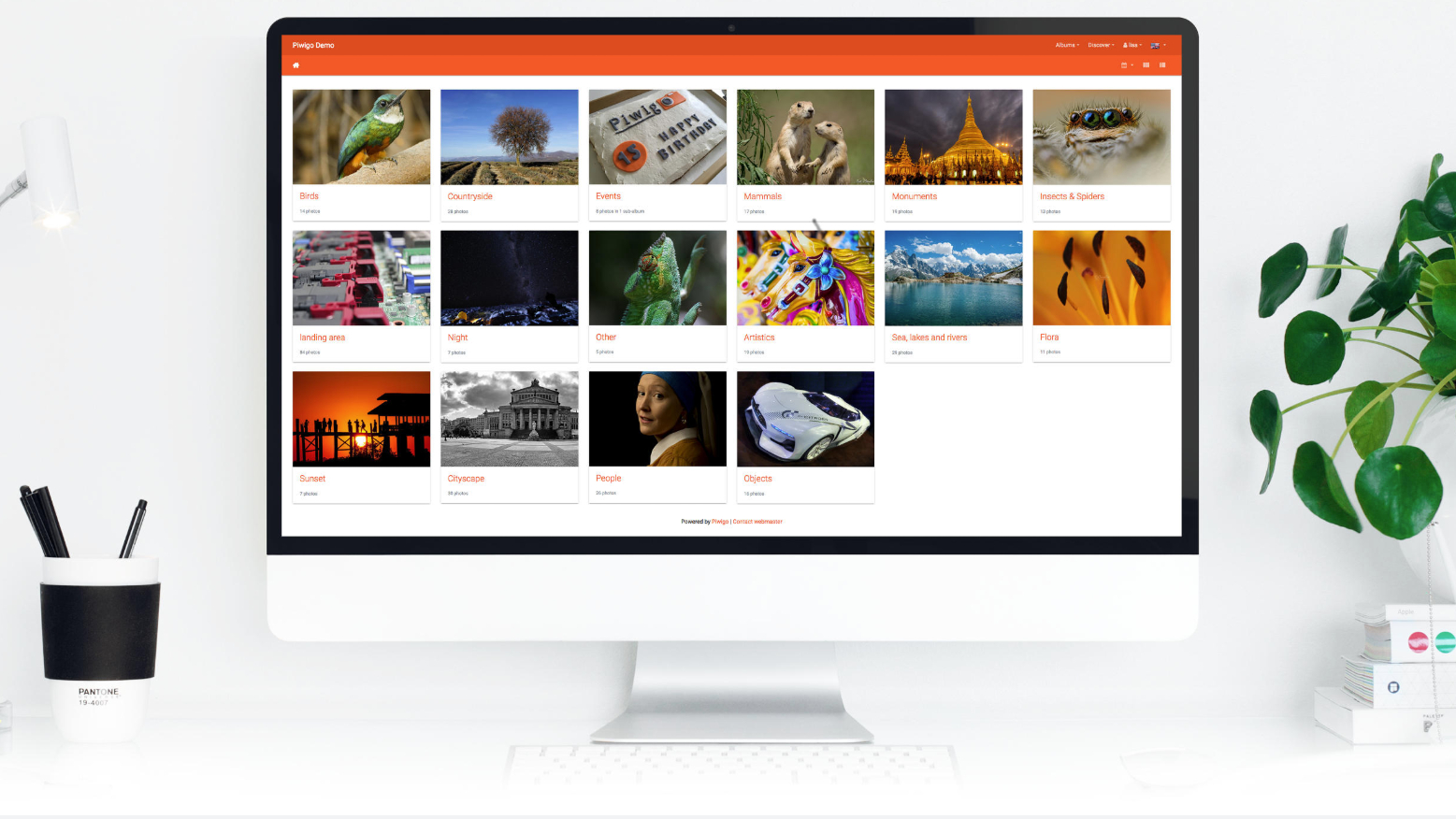
Affordable smartphones, digital cameras, and social media have made us all eager to take photos and share them online. While traditional web hosting platforms can host these images, they’re not designed for professionals like photographers, artists, or media creators who rely on high-quality image hosting to showcase their work.
This article explains how image hosting services differ from traditional web hosting and highlights the best options available. Whether you’re an amateur looking for a safe place to store your photos or a professional building a portfolio, we’ve got you covered.
We've also featured the best best photo cloud storage.
These are the best photo cloud storage services:
Why you can trust TechRadar
1. IDrive is the best cloud storage provider
IDrive, the cloud backup veteran, delivers tons of storage online for an incredibly small outlay. 10TB for $3.98 for the first year is unmatched till now and so is the support for unlimited devices and the extensive file versioning system available.
2. Get free unlimited cloud backup is now included with ExpressVPN
Backblaze has partnered with ExpressVPN and now when you sign up for an annual VPN subscription, you get unlimited cloud backup as well. Secure, business-grade cloud storage for everyone, no strings attached.
3. pCloud provides a lifetime cloud storage subscription
The Swiss-based company is more expensive than the competition but the one-off payment means that you won't have to worry about renewal fees that can be very horrendously expensive. $350 for 10 years is less than $3 per month.
These are the best image hosting websites of 2025 in full:
Best overall
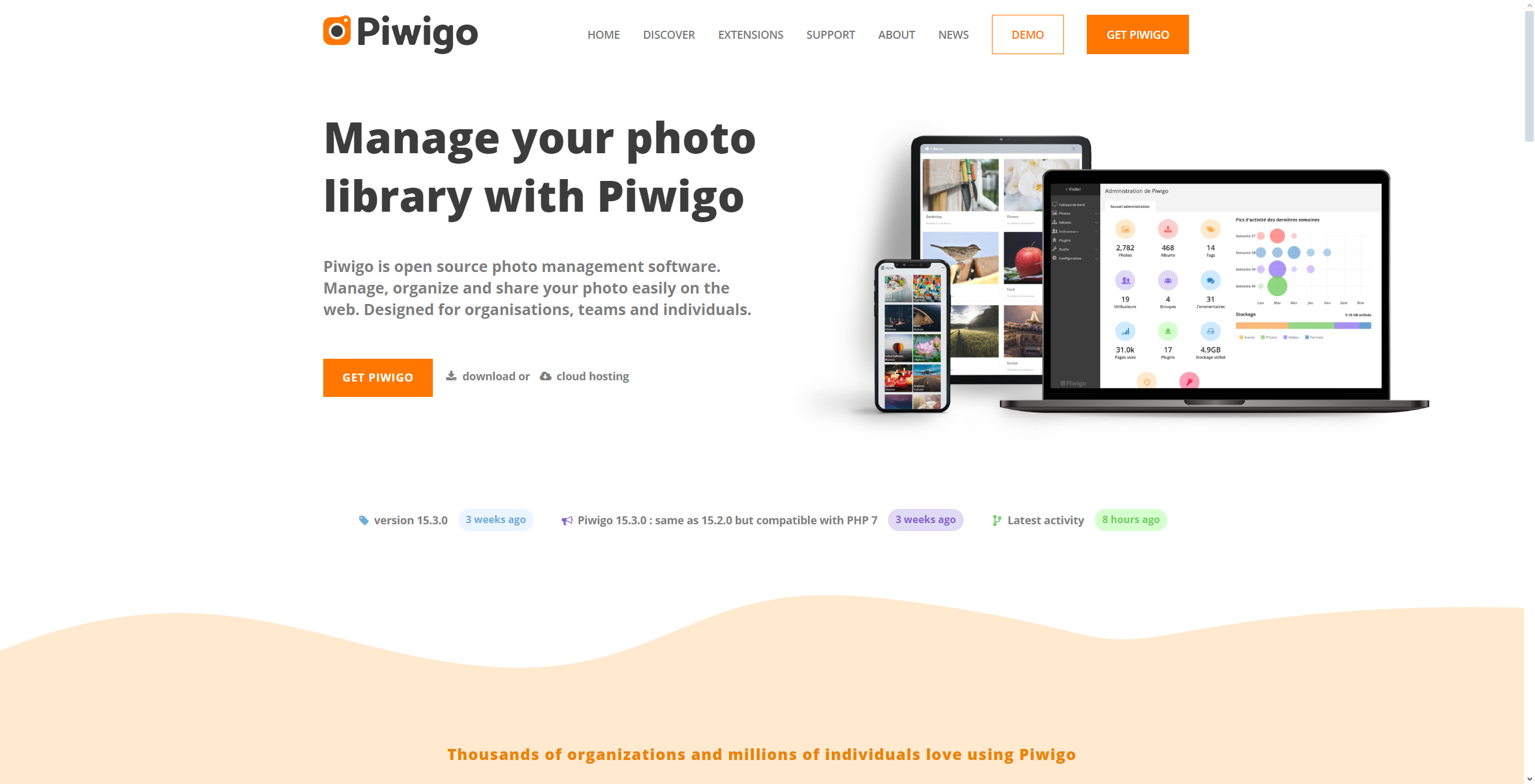
Reasons to buy
Reasons to avoid
Most web hosting companies bundle a nifty app store with their hosting packages. Called Softaculous, it makes it easy to install hundreds of top web apps, and one of them is Piwigo, a photo gallery solution that allows you to implement your own image hosting website. It offers a comprehensive feature set: albums, tags, privacy, themes and plugins, statistics and management tools, and much more.
That fits very nicely with InMotion Hosting's Power package which allows you to build up to six websites, with unlimited disk space and bandwidth to cater for future growth. InMotion also offers a unique $249 'QuickStarter' package that allows you to get a WordPress-based website up and running in less than 48 hours, with the company designing the site for you based on your responses to a questionnaire.
If you are technically knowledgeable, you can also have a look at other self-hosting photo gallery options such as Chevereto (as used by ImgBB), Lychee or Media Goblin. In the meantime, for more information, read: A Google Photos alternative: Store your photos online with Piwigo.
Best for professionals

Reasons to buy
Reasons to avoid
If you take photography (and images) seriously and want to make a living out of it, then SmugMug – which acquired Flickr – is one of the better options out there.
Unlimited photo uploads come as standard with every SmugMug plan – which starts from $55 per year when billed annually or $7 per month when billed monthly – along with the tools needed to create a beautiful photo site. SmugMug also makes it easy to share pics and sell personalized prints and gifts.
You get free storage, free bandwidth, but e-commerce options are only available on the more expensive Portfolio/Pro packages, with the latter offering several key features in terms of e-commerce, marketing, and branding. Additionally, all plans have some cool features like personalized paintings, which as the name suggests transforms your photos into paintings.
Our review of SmugMug pointed out that it is "quirky in places, but still capable of building top quality photo gallery websites". The service, which has a community of more than 75 million users, prides itself on offering 'heroic' support 24/7, with just one day off every year.
Best for sharing
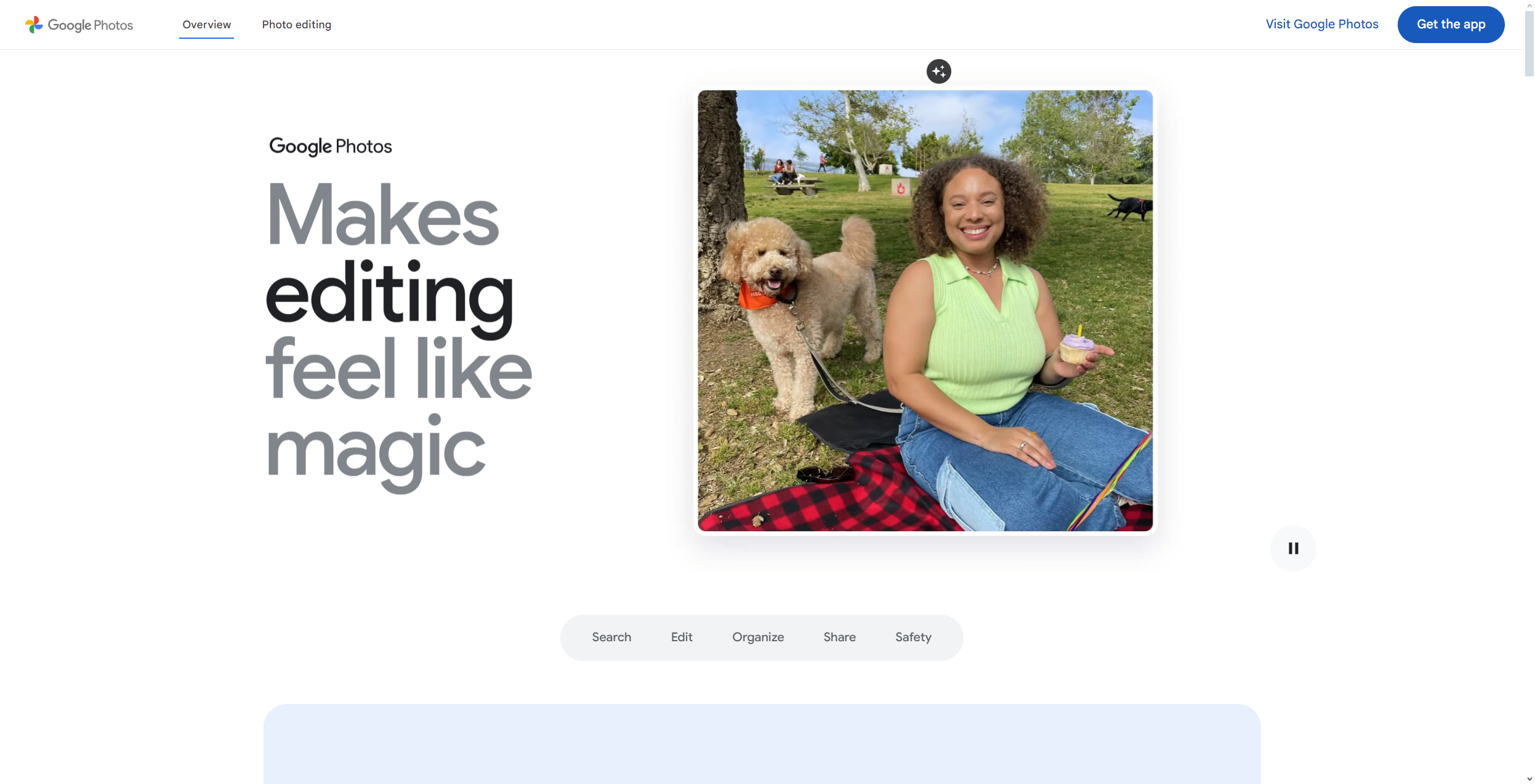
Reasons to buy
Reasons to avoid
Google transformed Picasa Web Albums into Photos, turning it into the most popular image hosting solution in the world as it is bundled with more than one billion Android devices.
Unlike other solutions here, Google Photos is a private image hosting service (as opposed to a public service), although sharing with others (but not openly) is deceptively simple. Just bear in mind that your pictures will be stored on Google's servers and will be used to improve its machine learning capabilities.
Google Photos is smart enough to pull off all manner of clever tricks like recognizing faces, or searching for text in an image, plus its search capabilities even extend to locations. Bonus extra features include Memories, which shows photos and videos from previous years at the top of your gallery. Additionally, Canon users can backup photos from their device to Google Photos by just using Wi-Fi.
You can also backup and sync photos from your Mac or PC as well as mobile devices. In addition, you can use Google's Gallery Go (a photo gallery app designed to work offline) to automatically organize and make your photos look their best.
Google allows for unlimited storage if you upload pictures in the high-quality mode, which is up to 16 megapixels. Professionals will probably prefer to pay extra to have photos stored at their original resolution.
Best for community
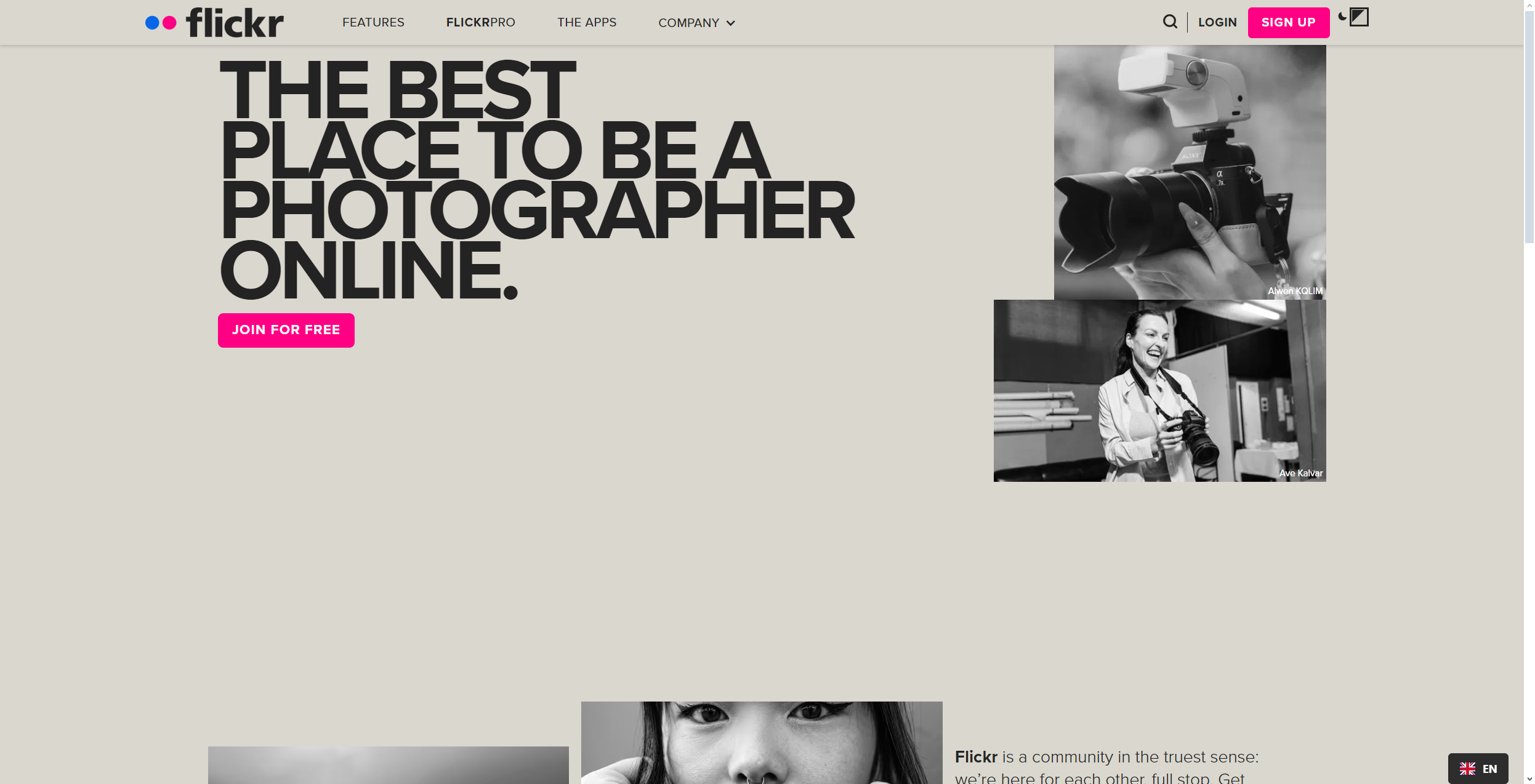
Reasons to buy
Reasons to avoid
It’s difficult to mention free image hosting and not bring Flickr into the conversation. This service targets a prosumer audience rather than casual happy GIFer users.
Flickr experienced a meteoric rise under the ownership of Yahoo and Oath/Verizon since 2017, and has been part of SmugMug since 2018, although in recent times, it has struggled on the monetization front.
Despite that, Flickr's base offering remains free, and although it has a limit of 1,000 photos/videos, it still offers powerful photo editing tools and smart photo management facilities. The paid-for Pro plan boasts advanced stats, ad-free browsing and a desktop auto-uploader. Furthermore, you can print your favorite photos directly from your Flickr account.
Flickr has managed to build one of the biggest photo communities on the web and that's its unique selling point. Also note that if you are in the market for an Adobe Creative Cloud subscription (or Blurb, SmugMug, or Priime), you can get a discount on a Flickr Pro account, which will doubtless make the service more tempting.
Best for convenience
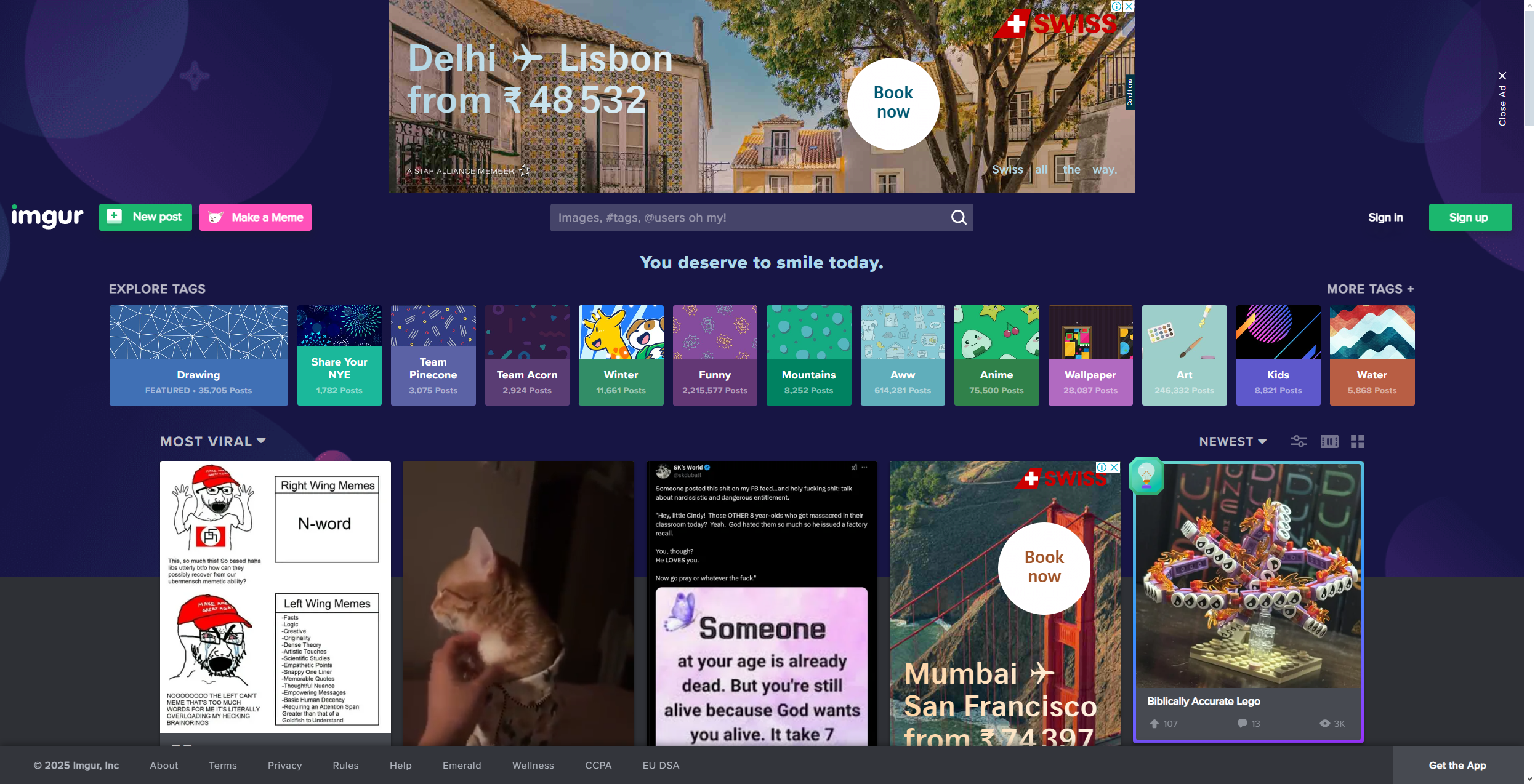
Imgur
Reasons to buy
Reasons to avoid
Imgur is by far the biggest independent image hosting website in the world (and one of the top 50 online properties globally). You don’t have to register to use it, and everything is pretty much unlimited with three exceptions: you can only upload up to 50 pictures per IP address per hour, the maximum file size for non-animated images is 20MB, and it is 200MB for GIFs. You can also upload 1-minute videos.
Files are kept online forever but just be aware that the service does apply lossy compression to non-animated images over 1MB (for anonymous uploads) and 5MB (for account holders). So don't use this as an online backup service for your pictures.
There are also a plethora of tools available here, either produced by Imgur itself or members of the very active user community.
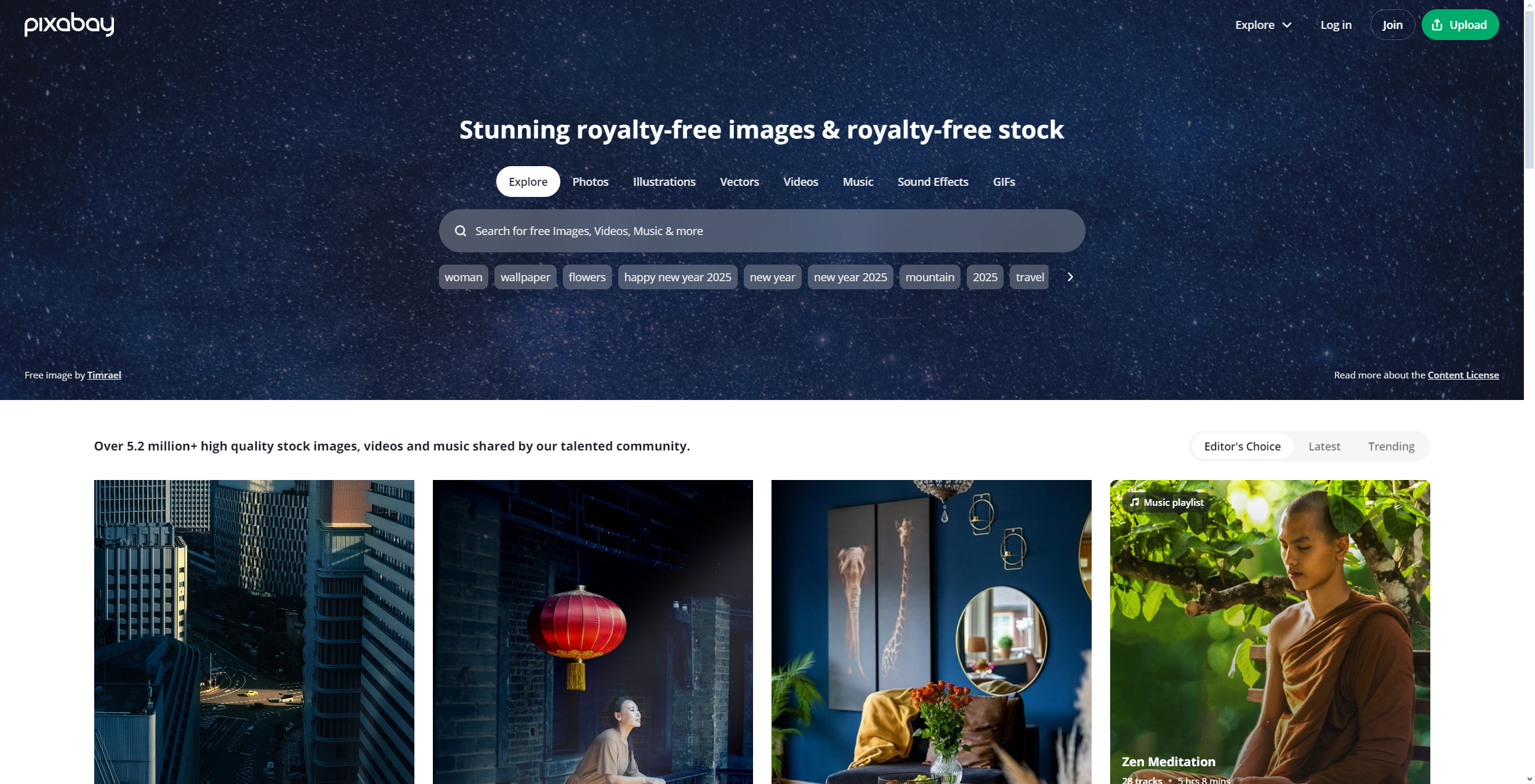
Other free image hosting websites include:
This little-known image hosting website has a unique feature which makes it massively useful for those looking to create thumbnail galleries very quickly. You can upload compressed ZIP files (up to 250MB in size), ideal for archives without index.
There is a 10MB download limit for pictures with no restrictions on the number of uploads/downloads or how long a file is hosted; only JPG, GIF and PNG are supported though.
Unlike others, Imagebam’s focus is entirely on hosting pictures rather than fostering a community and encouraging discoverability. While registration is optional, doing so provides you with photo management tools, and the ability to organize your images and galleries.
It’s near impossible to get more minimalist than Imgbb and that’s probably why it is one of the more popular image hosting websites around. Simply drag and drop your files onto the homepage and you’re ready to go.
There’s a 32MB size limit (all major image file formats are supported), but no restriction on the number of files you can upload or how long they can remain online. Imgbb doesn’t require the user to register – just be aware that all the pictures you upload will be reviewed by human editors.
ImageTitan is basic in the extreme, with a dated interface and no HTTPS support. There are no mobile apps, the maximum file size is only 1.5MB, and the site only accepts three file types: JPG, PNG and GIF.
And yet, it's easy to use, there’s no limit to the number of files you can upload, no bandwidth restrictions, and the pictures can remain online for as long as you want. You are provided with a deletion code to remove pictures at a later date. You don’t need to register, and while hotlinking is not prohibited, ImageTitan doesn’t provide direct links.
At the other end of the spectrum is Pixabay, a popular upmarket image hosting service that pegs itself as an online community of people who publish high quality copyright-free images and videos.
However, to be part of this very exclusive club requires that you stick to the site’s stringent image quality guidelines which means that all the photos are vetted by humans. Login is compulsory and the mobile apps do not currently support direct image uploads.
Pictures need to be at least 3,000 pixels on their longer side, up to 40MB in size, and new users can upload up to seven pictures a week. That's not a lot, but if more than half your first submissions are approved as good quality, your upload allowance can increase to 90 pictures a week.
How we test and choose the best image hosting websites
Similar to the way we test web hosts, we sign up to the best image hosting websites and test out each service. We check for features such as unlimited storage, flexibility and extra features.
We believe that these features should be at the top of your check list when choosing the right image hosting website for you.
It's difficult to test whether an image hosting website truly does offer unlimited storage, but during out trail of each provider, we try to upload as many images as possible to get a true depiction of the service.
Best image hosting website FAQs
What does image hosting do?
Image hosting services let you upload and store your digital images on remote servers, freeing up your own storage space. These services provide unique URLs or embed codes so you can easily display your images on websites, social media, or share them via email. The main benefit is that your images are stored externally, which saves storage on your website and improves its performance by speeding up load times, often through content delivery networks (CDNs).
Is image hosting safe?
Most reliable image hosting services use strong security measures to protect your images. These include SSL/TLS encryption for secure data transfer, malware protection, and secure login systems. That said, safety also depends on the hosting provider's features and how well users follow security best practices. For example, avoid uploading sensitive images over public Wi-Fi and enable two-factor authentication when available.
The main risks include unauthorized access, data breaches, or the hosting service shutting down. To stay safe, choose hosting services that comply with data protection laws like GDPR, offer tools to track image access, and have clear terms about privacy and ownership. Always review the provider's policies before uploading sensitive content.
How can I host images for free?
Many platforms offer free image hosting, each with its own limits and features. Popular options include Google Photos (15GB of free storage), Imgur (unlimited uploads with size restrictions), and ImgBox (unlimited uploads with a 10MB per image limit). These services often include basic tools like direct links, resizing, and easy sharing.
Website owners can also try platforms like Tiiny.host, which offers a simple upload process - just name your project, drag and drop your image, and create a free account to publish. Keep in mind, free services usually come with limitations like smaller storage space, file size limits, or reduced functionality compared to paid plans.
When choosing a free service, consider its storage limits, supported file types, and whether it meets your needs for privacy and sharing. Also, check the terms of service, as some platforms may restrict commercial use or claim ownership over your uploaded images.
Get in touch
- Want to find out about commercial or marketing opportunities? Click here
- Out of date info, errors, complaints or broken links? Give us a nudge
- Got a suggestion for a product or service provider? Message us directly
- You've reached the end of the page. Jump back up to the top ^
Are you a pro? Subscribe to our newsletter
Sign up to the TechRadar Pro newsletter to get all the top news, opinion, features and guidance your business needs to succeed!

Désiré has been musing and writing about technology during a career spanning four decades. He dabbled in website builders and web hosting when DHTML and frames were in vogue and started narrating about the impact of technology on society just before the start of the Y2K hysteria at the turn of the last millennium.
- Ritoban MukherjeeContributing Writer - Software


